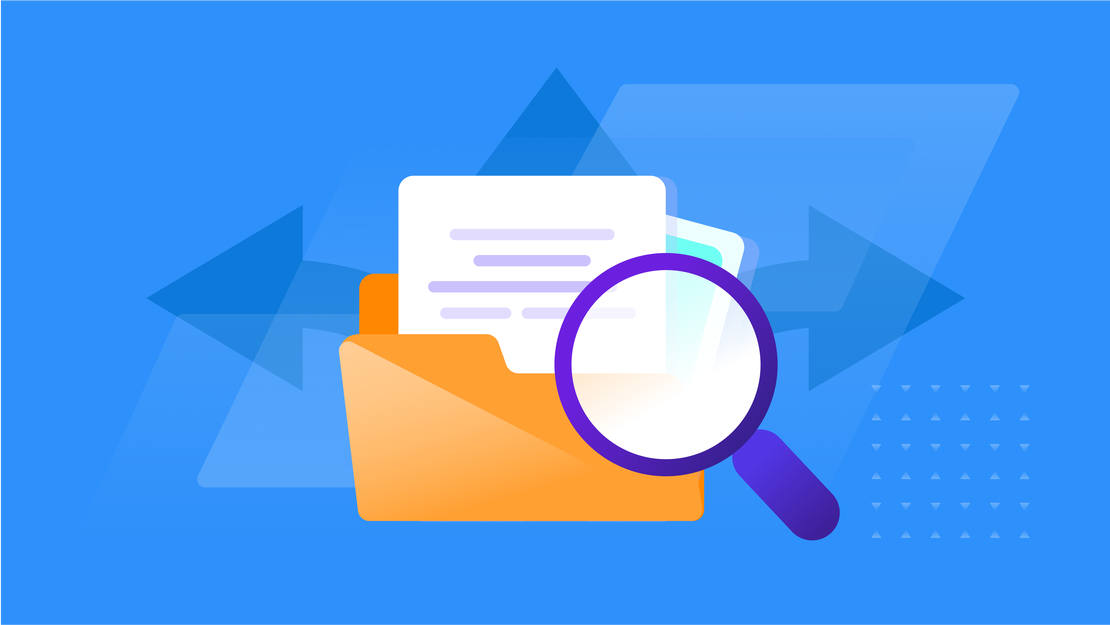Administrative Software For Smes: How To Choose The Best One?
Administrative software keeps all your business documents, figures, and obligations organized. While record-keeping may not be the most exciting part of your job as an entrepreneur (we agree!), it’s essential. Fortunately, with the right software, you can make it a lot easier.
We can’t make it more fun, but we can make it simpler. In this article, you’ll learn what administrative software can do for your business and how to choose the best tool.

Table Of Contents
What is administrative software?
Administrative software, also known as “back-office software,” automates the administrative processes in your business. With this software, you can automatically send invoices, track income and expenses, and generate reports. It helps you stay on top of your finances, reducing the risk of falling into debt.
Who can use this software?
Anyone can use administrative software for their accounts, including medium-sized businesses and freelancers. FlowQi’s software offers benefits for all types of businesses:
- Large Companies. Companies with multiple departments benefit from expanded features, such as integrations with other systems and advanced reporting.
- Medium-Sized Companies. Medium-sized businesses enjoy scalable software for their administration needs.
- Small Businesses. Smaller businesses benefit from user-friendly software that’s easy to navigate.
- Freelancers. Freelancers enjoy flexible administrative software at a competitive price.
What can administrative software do for you?
1. Send invoices automatically
Do you always find yourself preparing invoices on the last day of the month? With FlowQi’s Invoicing Tool, you’ll never have to create invoices in Google Sheets, Excel, or Word again. Our software automates all important processes. As soon as a project or task is completed, invoices are sent automatically, thanks to its integration with Project Management.
A reminder can even be automatically sent if a customer misses a payment deadline. Do you sell physical products through a webshop? With FlowQi, you can automatically send reminders to customers who haven’t paid their invoices yet, helping you get paid faster.
2. Automatically capture customer data
Let’s say you’re a freelance copywriter and have just completed an assignment for a client. Instead of manually entering client data into your invoicing system (such as Google Sheets or Excel), the CRM integration ensures that all relevant details are already there.
The client’s name, email address, and even job specifications—such as the article title or word count—are automatically added to your invoice.
Additionally, you can link product or project information. For example, if you have multiple rates, such as €100 for a blog post or €250 for a comprehensive white paper, selecting the appropriate job in your CRM will automatically populate the invoice with the relevant rates and details. All that’s left to do is a final check and click “send.”
3. Track your income and hours
You can also link your accounting software or bank account to FlowQi’s software, making it easy to track payments and outstanding invoices. The CRM integration helps you quickly see which customers still owe you money, allowing you to follow up promptly and improve your cash flow.
Additionally, it’s a handy tool for time tracking. Many entrepreneurs forget to log their hours. With FlowQi, you can avoid missing out on income.
4. Set up recurring invoices
Let’s say you’re a freelance web developer offering monthly hosting services to your clients. For $50 per month, you maintain their website and provide regular updates.
FlowQi allows you to set up recurring invoices. Once set, FlowQi automatically generates an invoice each month with the correct data and sends it directly to your customer. This eliminates the need to manually create an invoice every month.
Are you working on long-term projects, such as building a webshop that takes several months to complete? You can also set up periodic invoices, such as billing a portion of the total project cost every month. This helps maintain a more stable cash flow.
5. Collaborate with your accountant
Do you have an accountant? With FlowQi’s software, you can give your accountant access to your data, so you don’t have to email files back and forth. Your accountant will always have access to the most up-to-date figures.
How to choose the best administrative software for SMEs
| Aspect | Details |
|---|---|
| Functionalities | Would you like to send invoices automatically or handle your VAT return as well? Pay attention to the features the software offers to ensure it meets your needs. |
| User-friendliness | Choose software that is intuitive to use and doesn’t include unnecessary functions you won’t need. |
| Price and modules | Consider what fits within your budget, but also keep in mind that good software often pays for itself in time and convenience. |
| Integrations | Check whether the software can integrate with other tools, such as a CRM system, task management software, your bank, or other tools you use. |
| Customer service | It’s important to have access to support if you encounter issues. Choose a tool with excellent customer service. |
| Latest software | Is the software built with the latest technologies? Good administration software should stay up to date with innovations, such as mobile compatibility and cloud-based functionality. |
Conclusion
With the right administrative software, you’ll spend less time sending invoices and tracking income. Sign up for FlowQi’s BETA Program and discover how simple (dare we say “fun”?) managing your administration can be.